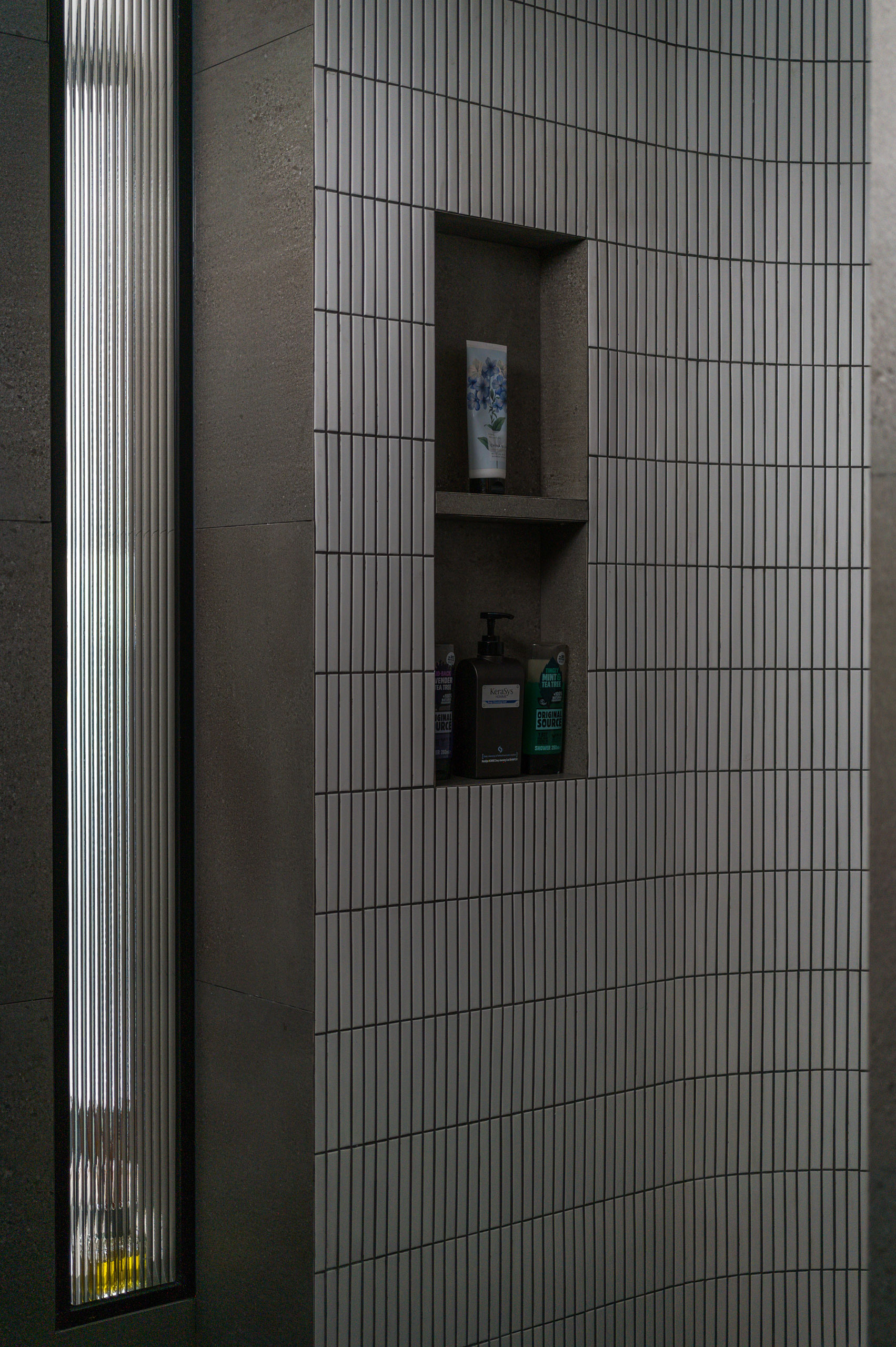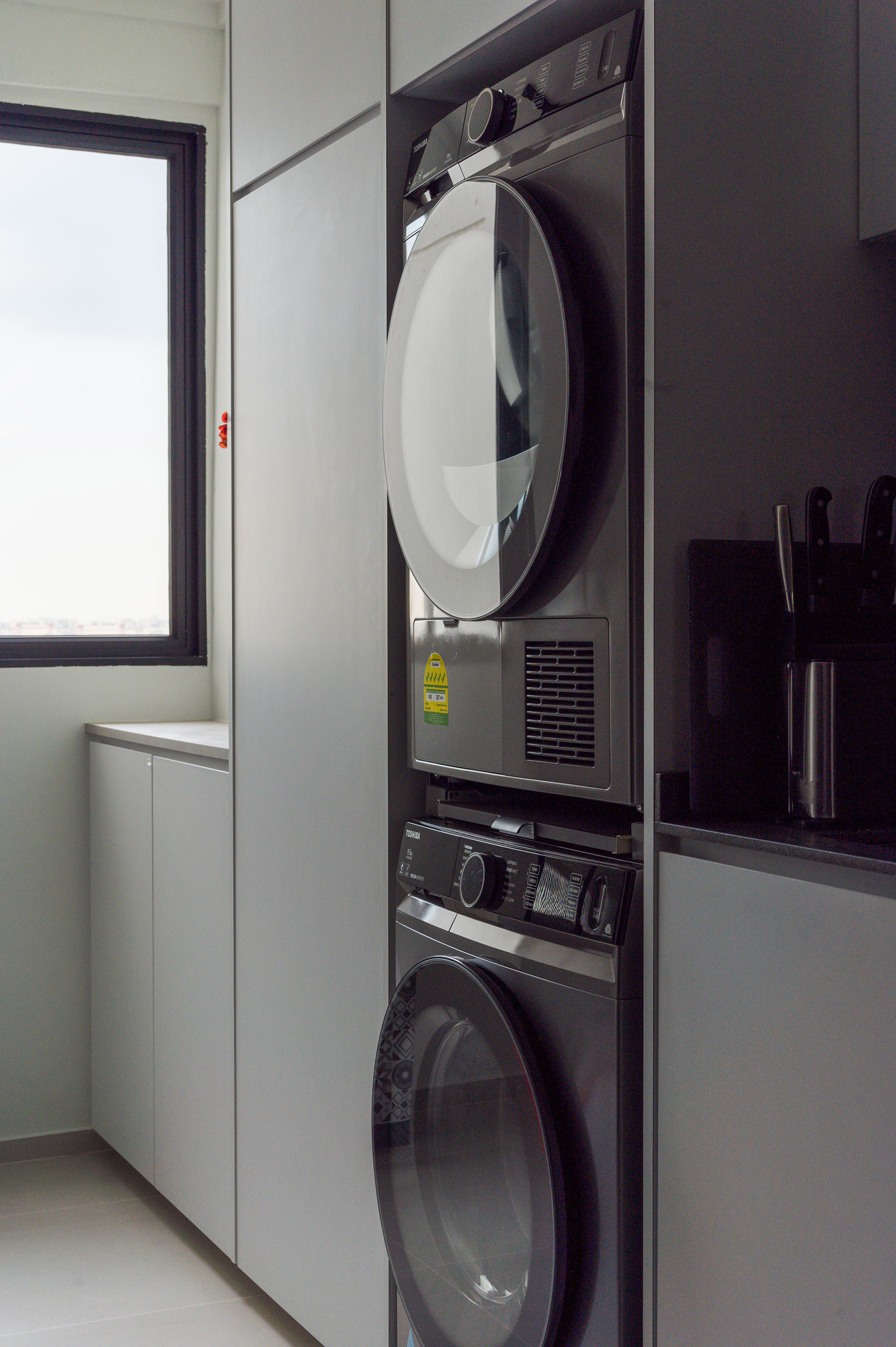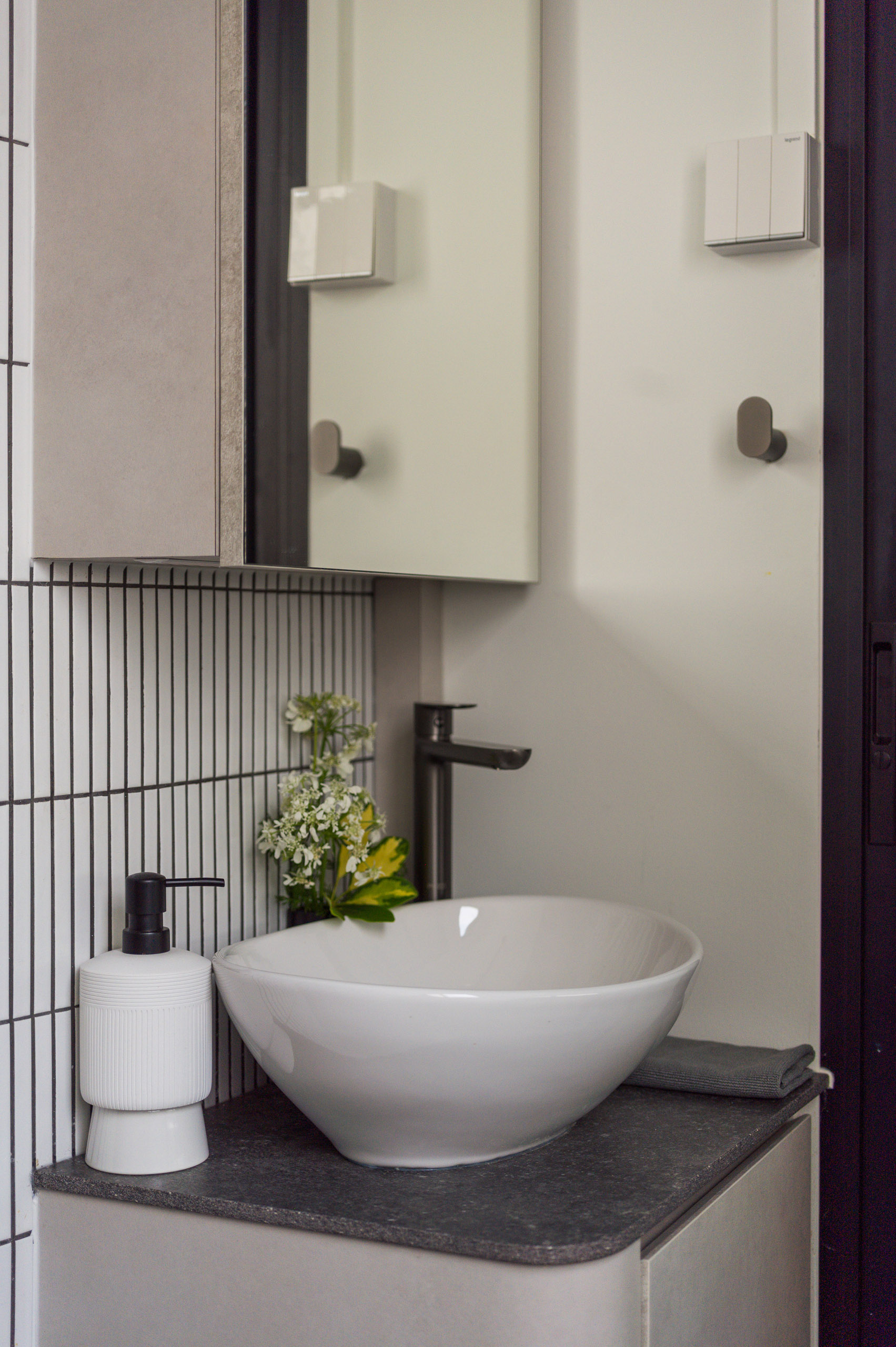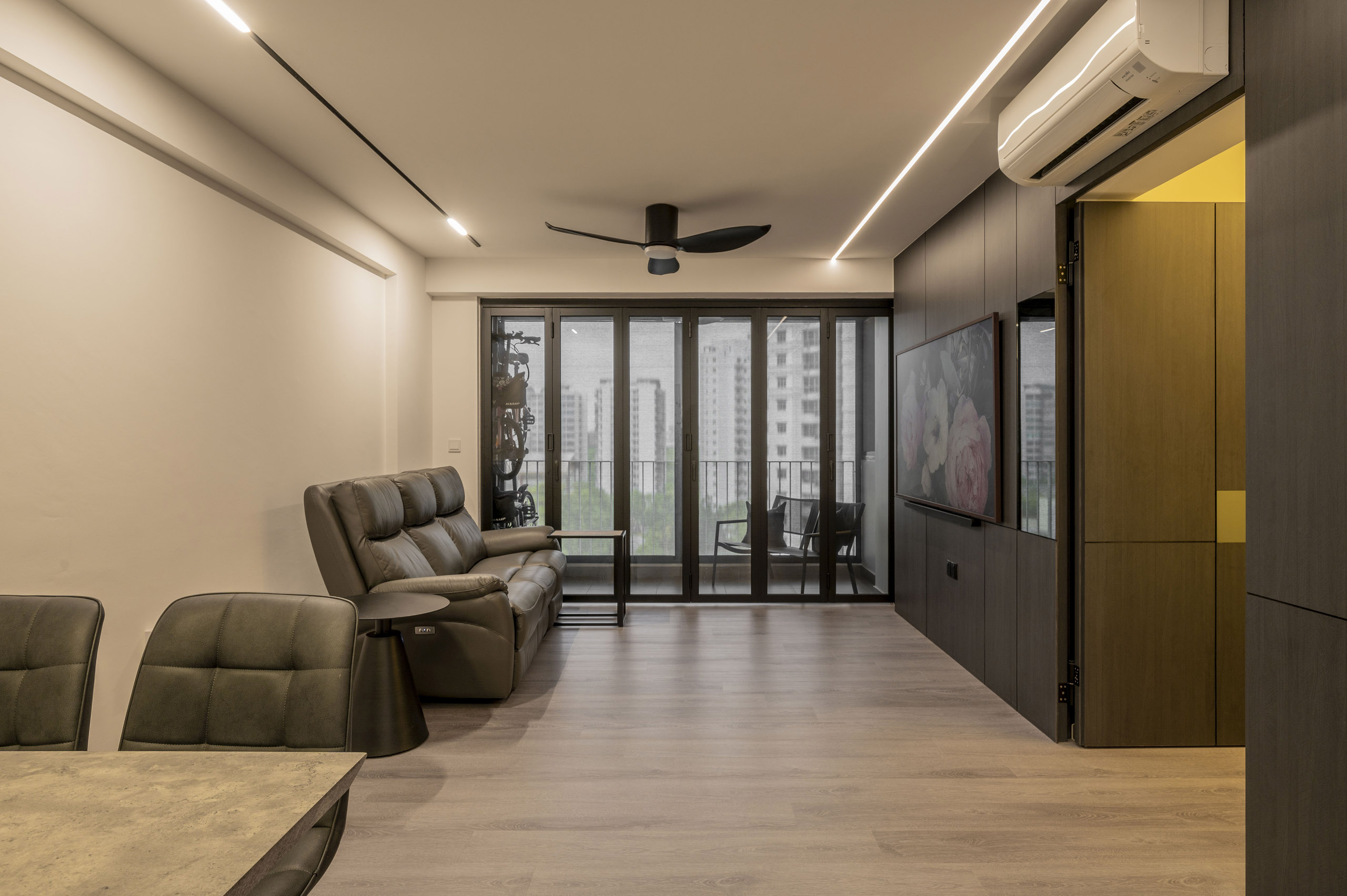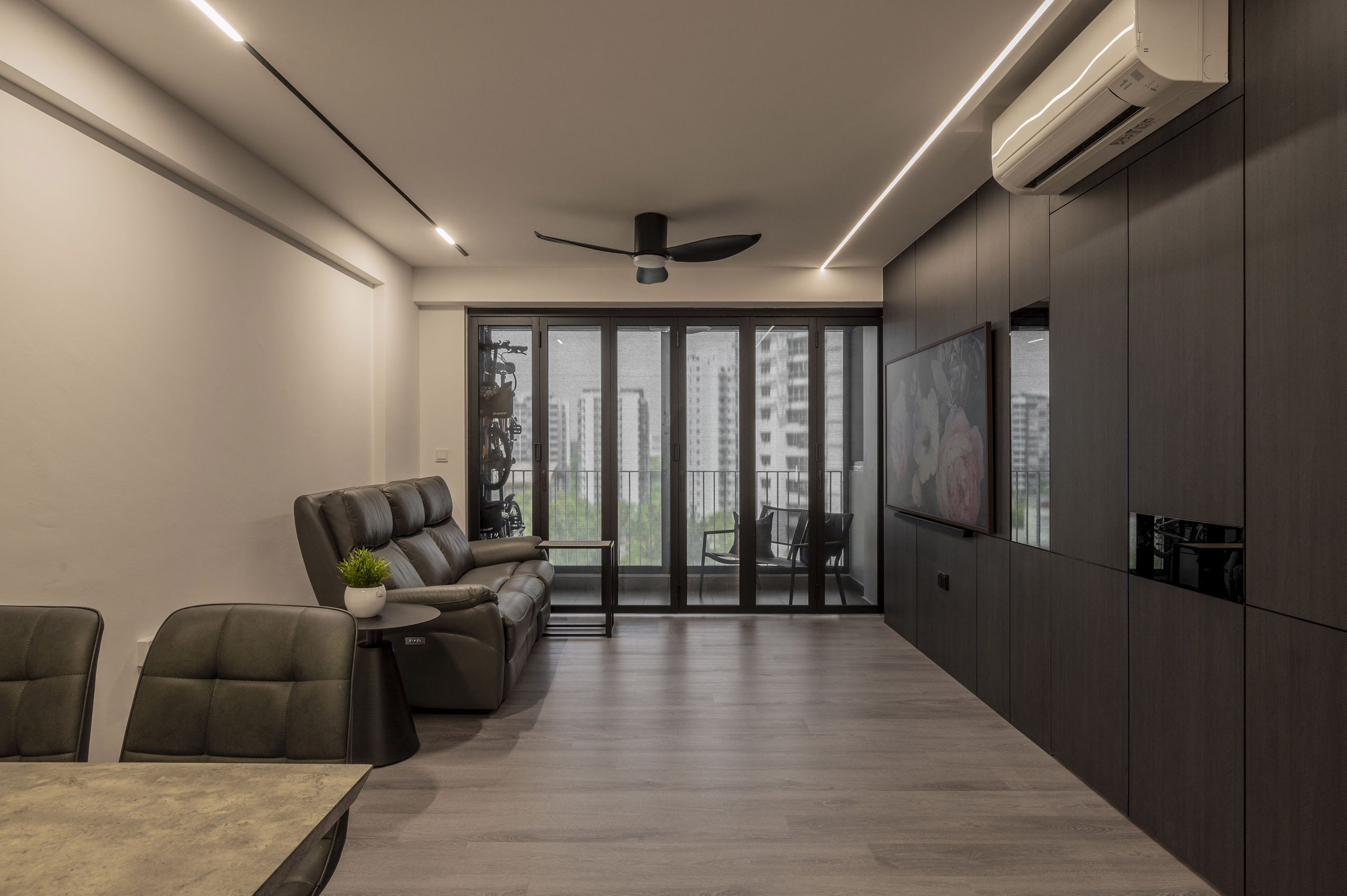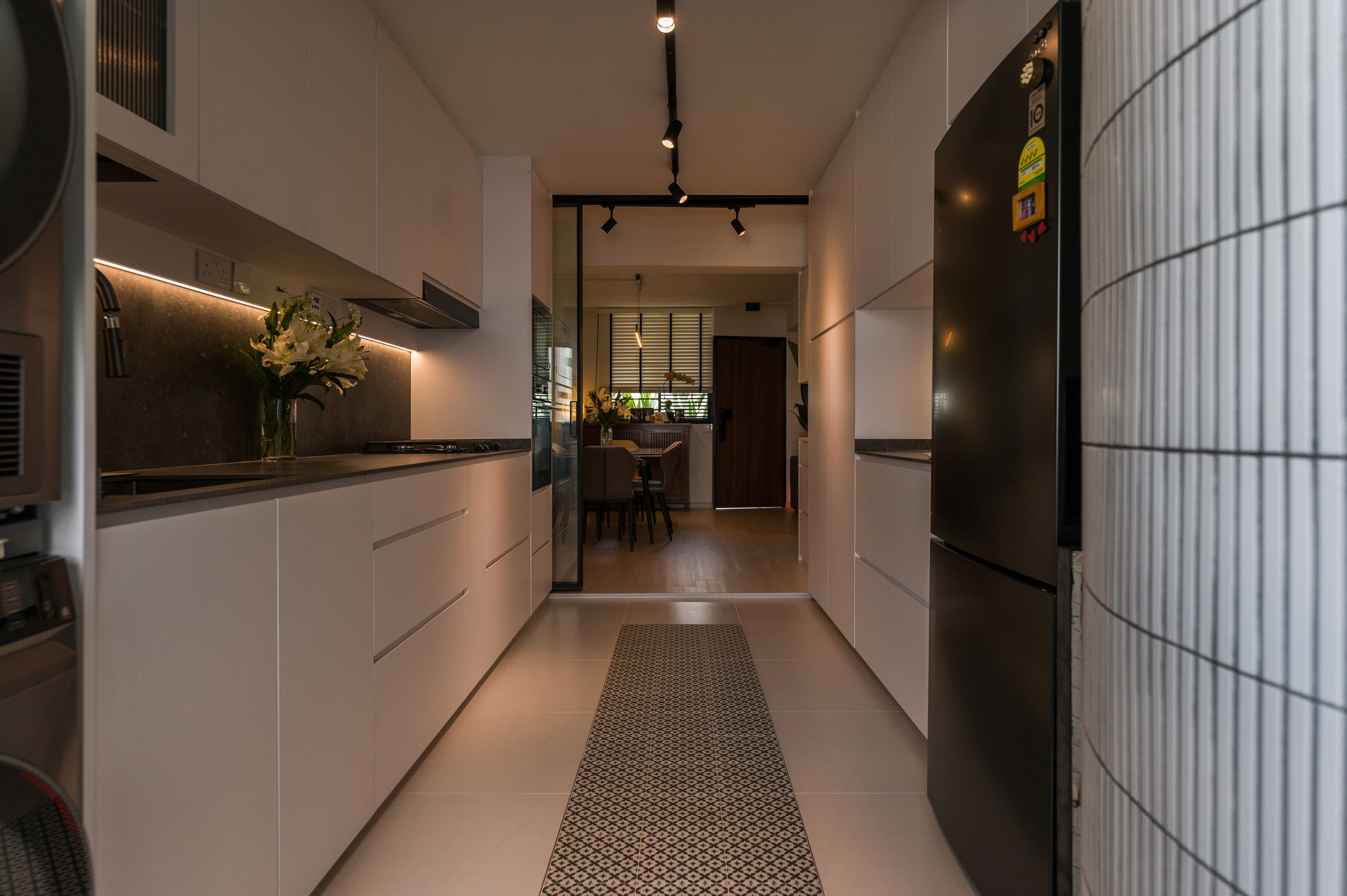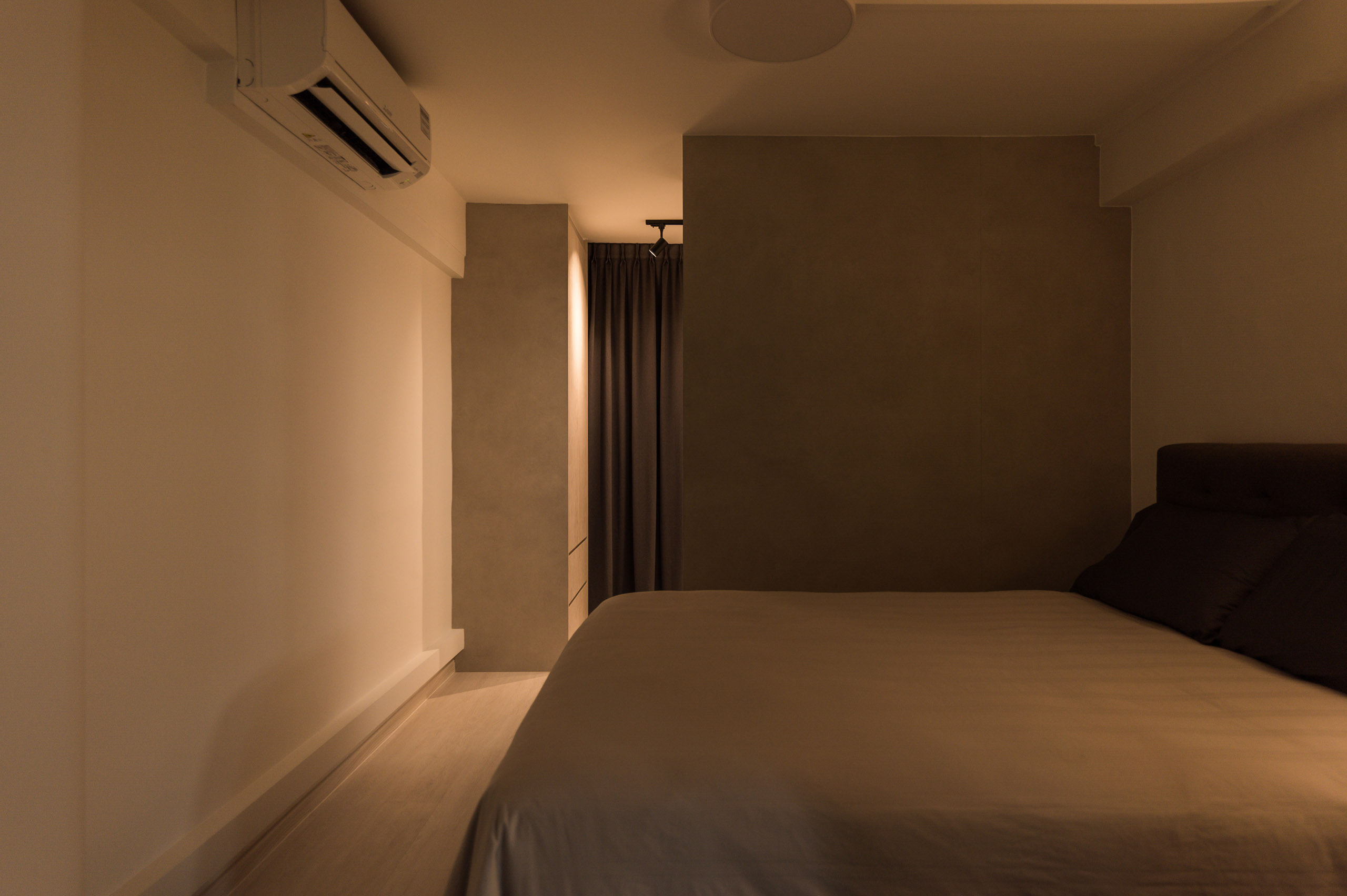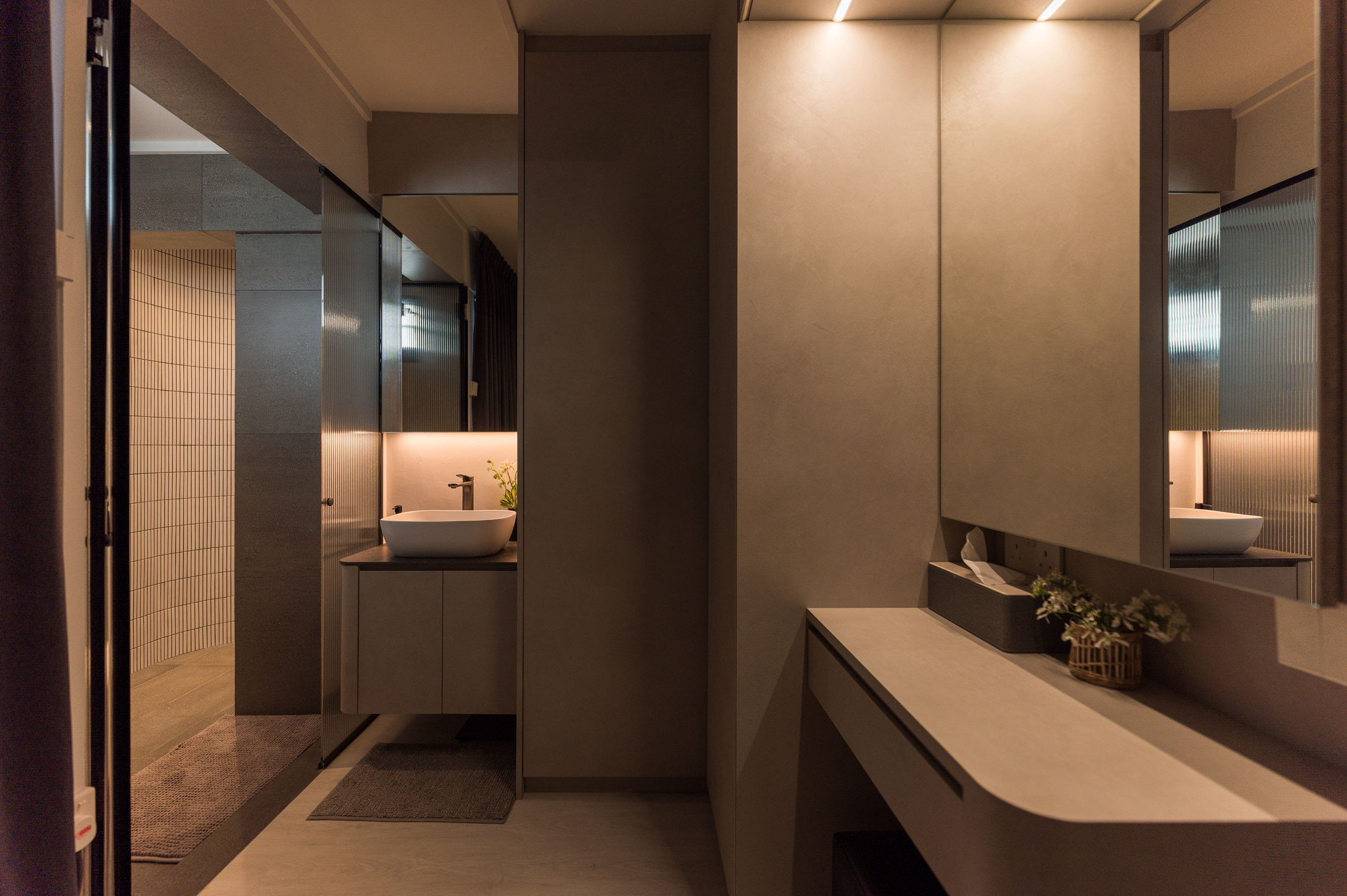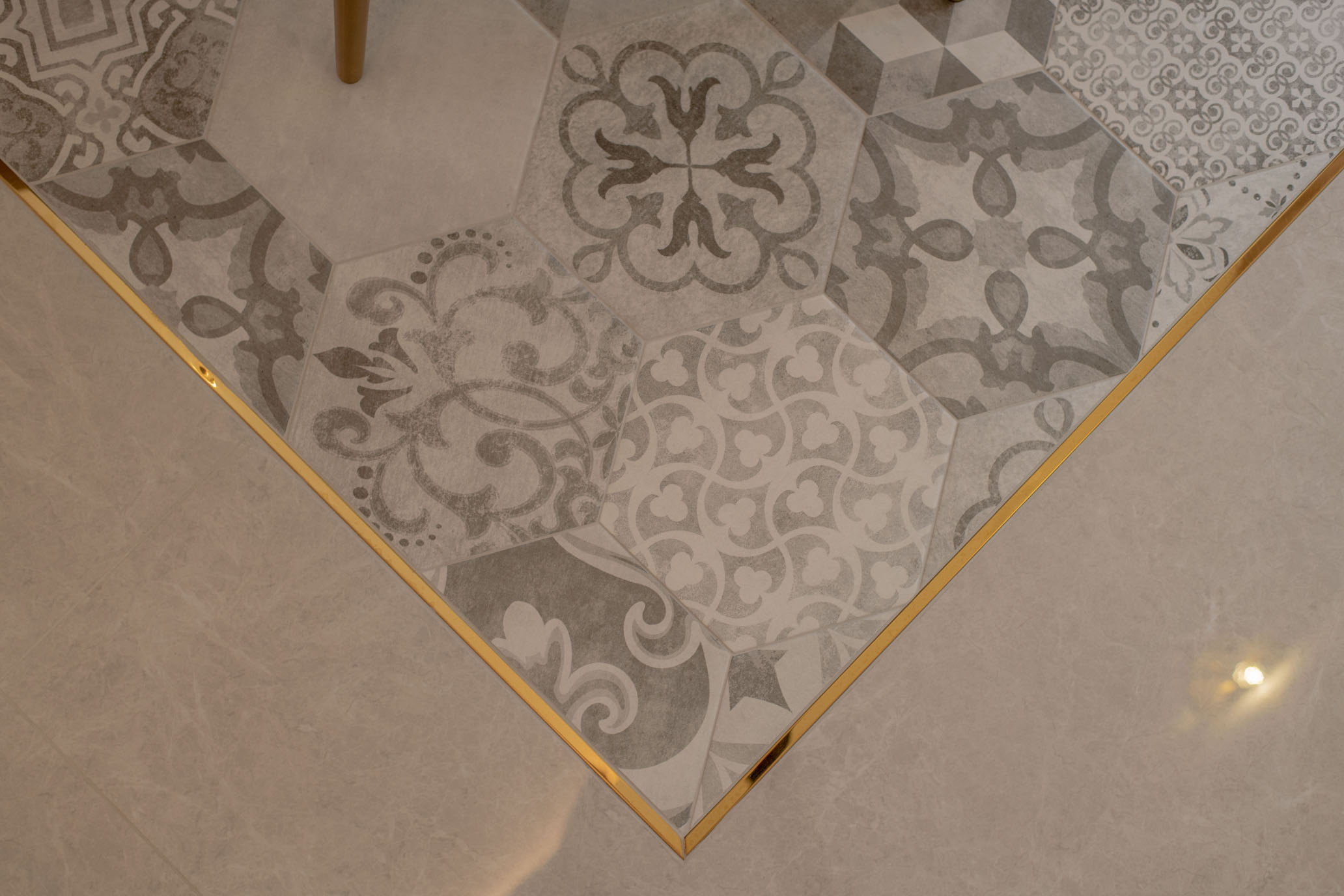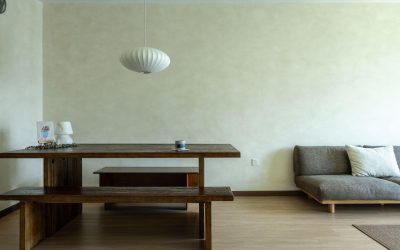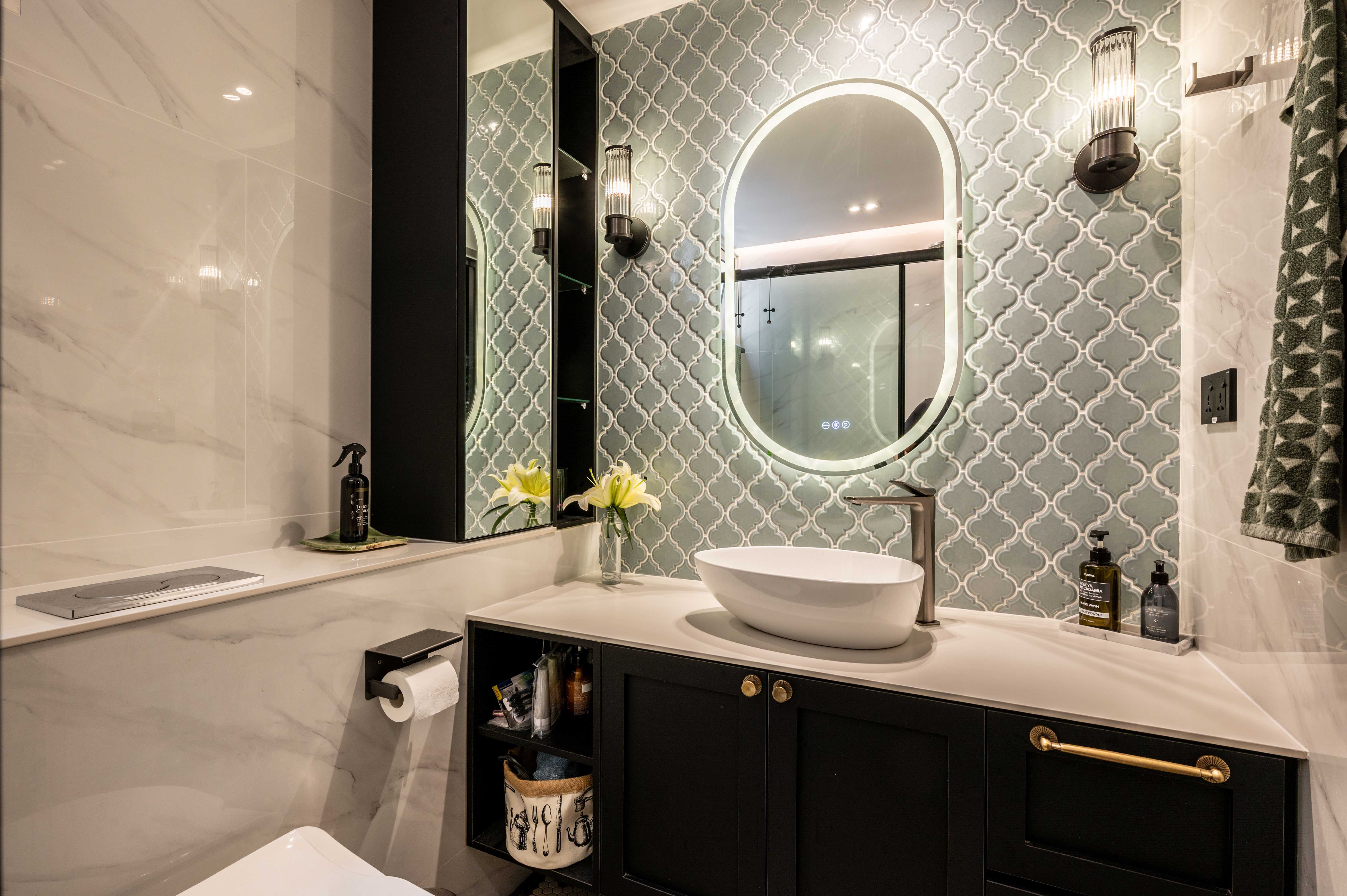In today’s fast-paced world, where we’re constantly bombarded with visual stimuli and material possessions, the desire for a peaceful, uncluttered living space has never been stronger. This is where the art of minimalist interior design comes into play, offering a refreshing approach to creating a serene and rejuvenating home environment.
Understanding Minimalist Interior Design
Minimalist interior design is a philosophy that emphasizes simplicity, functionality, and a focus on the essentials. It’s about paring down to the bare necessities, creating a space that is uncluttered, clean, and visually calming. By embracing this approach, we can cultivate a sense of tranquility and clarity in our homes, which can positively impact our overall well-being and mental state.
The Principles of Minimalist Style Interior Design
At the heart of minimalist interior design are a few key principles:
- Simplicity: Minimalist design celebrates the beauty of simplicity, where each element serves a purpose and contributes to the overall harmony of the space.
- Functionality: Every piece of furniture and decor in a minimalist home is chosen for its practical use and ability to serve a specific function.
- Intentionality: Minimalist design is all about making conscious choices, carefully considering each item that enters the space and ensuring it aligns with the overall aesthetic.
- Negative Space: Embracing the power of negative space, or the areas left unoccupied, is crucial in creating a sense of balance and serenity.
- Natural Materials: Minimalist interiors often incorporate natural materials, such as wood, stone, and textiles, to bring a sense of warmth and authenticity to the space.
Benefits of Embracing Minimalist Interior Design
By embracing the principles of minimalist interior design, you can unlock a wealth of benefits for your home and your well-being:
- Increased Calm and Focus: A minimalist space can help reduce visual clutter and distractions, allowing you to feel more centered and focused.
- Enhanced Relaxation: The serene and uncluttered environment of a minimalist home can promote a sense of tranquility, making it easier to unwind and recharge.
- Improved Productivity: By eliminating unnecessary distractions, a minimalist interior can create an environment that fosters productivity and creativity.
- Easier Maintenance: With fewer items and a streamlined aesthetic, minimalist homes are generally easier to clean and maintain, freeing up time for other activities.
- Increased Sustainability: Minimalist design often encourages the use of durable, high-quality materials and a focus on longevity, aligning with sustainable living practices.
How to Achieve a Modern Minimalist Interior Design
Transforming your home into a minimalist oasis requires a thoughtful and intentional approach. Here are some key steps to guide you:
- Declutter and Organize: Begin by assessing your current possessions and identifying items that no longer serve a purpose or bring you joy. Donate, sell, or recycle these items to create a clean slate.
- Adopt a Minimalist Mindset: Shift your mindset to embrace the principles of minimalism, focusing on quality over quantity and functionality over excess.
- Curate Your Furniture and Decor: Carefully select furniture and decor pieces that are multifunctional, timeless, and visually appealing. Avoid impulse purchases and opt for items that truly enhance the space.
- Prioritize Natural Lighting: Maximize the use of natural light by strategically placing furniture and avoiding heavy window treatments.
- Incorporate Neutral Colors: Embrace a neutral color palette, such as whites, grays, and beiges, to create a serene and cohesive atmosphere.
- Utilize Minimalist Accessories: Incorporate a few carefully chosen accessories, such as plants, artwork, or sculptural pieces, to add visual interest without overwhelming the space.
Key Elements of Minimalist Interior Design
When creating a minimalist interior, there are several key elements to consider:
- Architectural Features: Highlight the inherent beauty of the architecture, such as high ceilings, large windows, or unique architectural details.
- Lighting: Opt for clean, simple lighting fixtures that complement the minimalist aesthetic and provide ample illumination.
- Flooring: Choose natural, unfinished materials like hardwood, stone, or concrete to create a cohesive and grounding foundation.
- Walls: Keep wall decor and artwork to a minimum, allowing the clean lines and textures of the space to shine.
- Textiles: Incorporate high-quality, natural textiles, such as linen, wool, or cotton, to add warmth and softness without adding visual clutter.
Colors and Materials for Minimalist Interior Design
Minimalist interior design thrives on a carefully curated color palette and the intentional use of materials. Some key considerations:
- Color Palette: Embrace a neutral color scheme, such as whites, grays, beiges, and blacks, to create a serene and calming atmosphere.
- Natural Materials: Incorporate natural materials like wood, stone, and ceramic to bring an organic, earthy feel to the space.
- Textures: Explore various textures, such as matte finishes, raw edges, and woven fabrics, to add visual interest without compromising the minimalist aesthetic.
Furniture and Decor for a Minimalist Home
Selecting the right furniture and decor is essential for achieving a minimalist interior. Look for pieces that are:
- Multifunctional: Choose furniture that serves multiple purposes, such as a coffee table with hidden storage or a sofa with built-in shelving.
- Streamlined Design: Opt for furniture with clean lines, simple silhouettes, and a lack of unnecessary ornamentation.
- High-Quality Materials: Invest in durable, high-quality materials that will stand the test of time and maintain their aesthetic appeal.
- Minimalist Decor: Incorporate a few carefully chosen accessories, such as plants, artwork, or sculptural objects, to add visual interest without overwhelming the space.
Tips for Decluttering and Organizing in a Minimalist Style
Decluttering and organizing are crucial steps in achieving a minimalist interior. Here are some tips to guide you:
- Adopt a Minimalist Mindset: Shift your perspective to focus on the essentials and let go of items that no longer serve a purpose or bring you joy.
- Categorize and Purge: Go through your possessions room by room, categorizing items and deciding what to keep, donate, or discard.
- Utilize Multifunctional Storage: Invest in storage solutions that serve multiple purposes, such as benches with hidden compartments or shelving units that double as room dividers.
- Maintain a Clutter-Free Environment: Establish routines and habits to keep your home organized and free of unnecessary clutter.
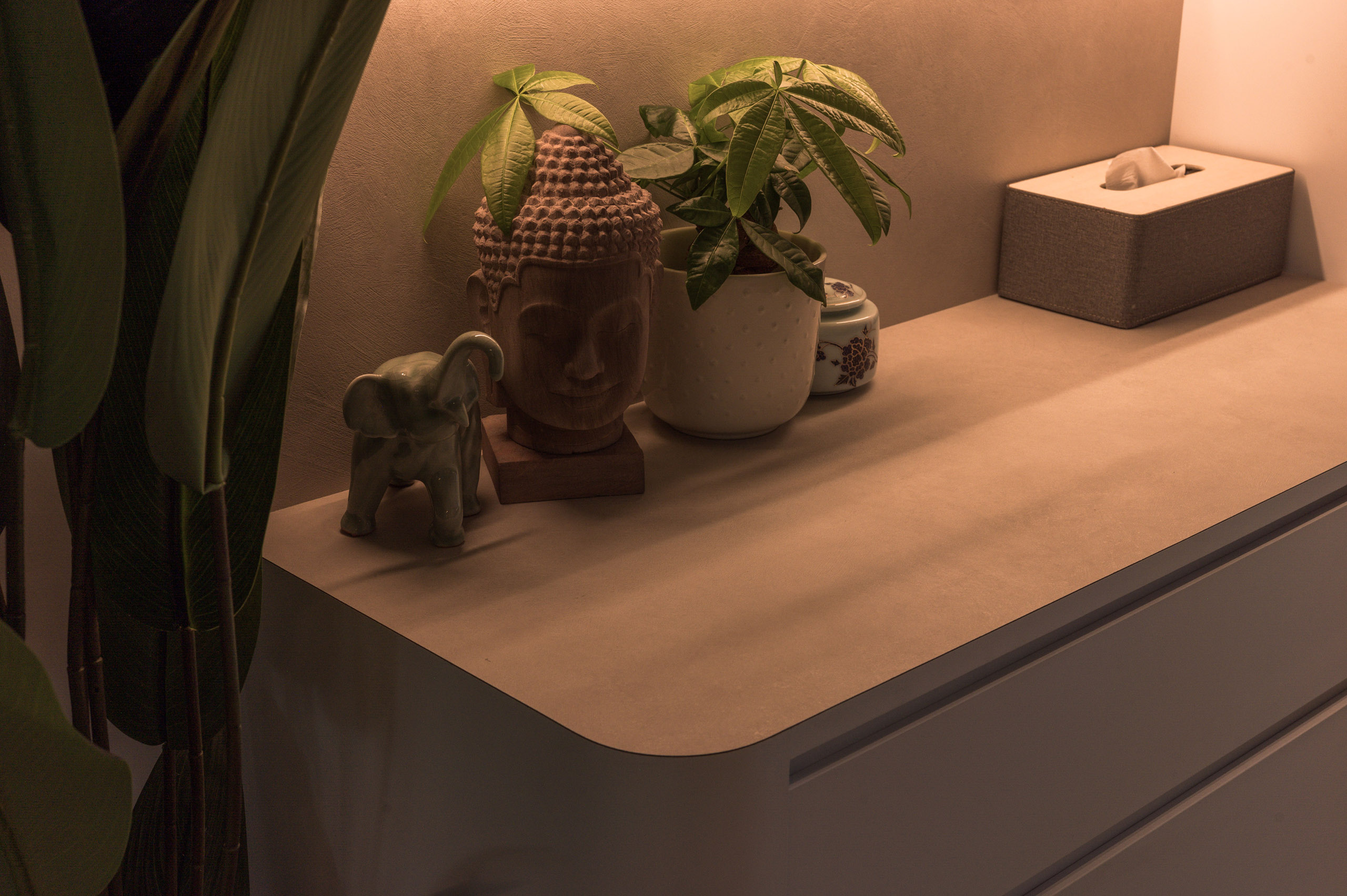
Creating a Serene Atmosphere with Minimalist Interior Design
The ultimate goal of minimalist interior design is to create a serene and rejuvenating environment that nourishes the senses and the soul. By embracing the principles of simplicity, functionality, and intentionality, you can cultivate a space that promotes relaxation, focus, and overall well-being. Key elements to consider:
- Sensory Experience: Pay attention to the sensory elements of your space, such as the feel of natural materials, the sound of natural lighting, and the scent of essential oils or candles.
- Mindfulness and Meditation: Incorporate designated areas or nooks within your minimalist home that encourage mindfulness, meditation, or quiet contemplation.
- Connection to Nature: Bring the outdoors in by incorporating natural elements, such as plants, natural lighting, and views of the outside world.
Inspiration and Examples of Minimalist Interiors
To further inspire your minimalist interior design journey, consider exploring the work of renowned designers and architects who have mastered the art of simplicity. From the clean lines and open spaces of Scandinavian design to the serene Japanese-inspired interiors, there is a wealth of visual inspiration to draw from.
Conclusion
In a world that often feels overwhelming and cluttered, the art of minimalist interior design offers a refreshing and restorative approach to creating a home environment that nourishes the senses and the soul. By embracing simplicity, functionality, and intentionality, you can cultivate a space that promotes calm, focus, and overall well-being. As you embark on your minimalist interior design journey, remember to trust the process, let go of the non-essentials, and allow the beauty of simplicity to shine through.
Ready to transform home with minimalist interior design? Get started today and let our interior designers bring your vision to life.

